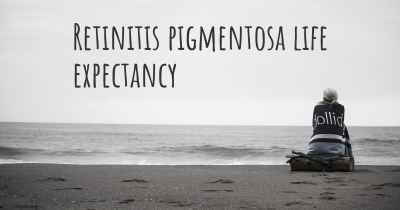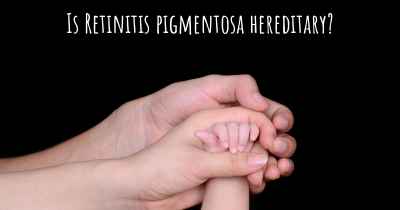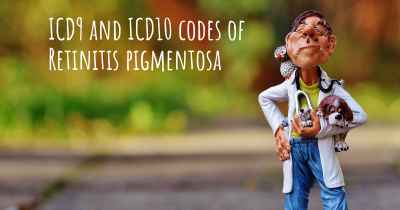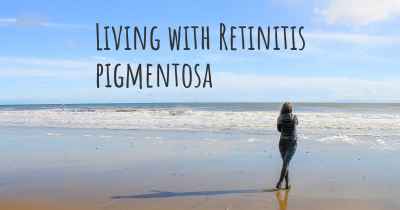Is it advisable to do exercise when affected by Retinitis pigmentosa? Which activities would you suggest and how intense should they be?
See if it is advisable for people with Retinitis pigmentosa to practice sports and which ones are the most recommended if you have Retinitis pigmentosa
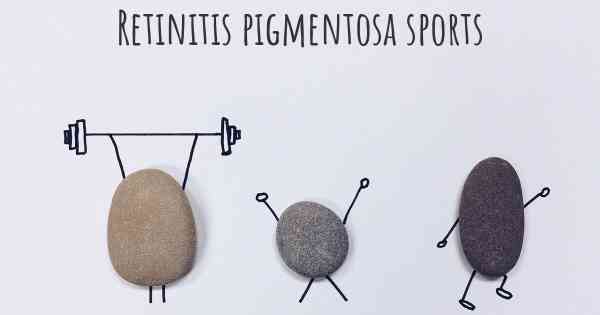
Retinitis pigmentosa (RP) is a genetic eye disorder that causes the gradual degeneration of the retina, leading to vision loss over time. While there is currently no cure for RP, engaging in regular exercise can have numerous benefits for individuals affected by this condition. However, it is important to approach exercise with caution and consider certain factors to ensure safety and maximize the potential benefits.
Benefits of Exercise for Individuals with Retinitis Pigmentosa:
1. Improved cardiovascular health: Engaging in aerobic exercises such as walking, swimming, or cycling can help improve cardiovascular fitness, which is beneficial for overall health.
2. Enhanced mood and mental well-being: Exercise releases endorphins, which can help reduce stress, anxiety, and depression commonly associated with vision loss. It can also improve sleep quality and boost self-esteem.
3. Maintained muscle strength and flexibility: Regular exercise can help preserve muscle strength and flexibility, which can be particularly important for individuals with RP who may experience balance and coordination issues.
4. Weight management: Engaging in physical activity can help maintain a healthy weight, which is important for overall health and can reduce the risk of developing other health conditions.
5. Improved circulation: Exercise promotes blood flow, which can be beneficial for eye health and may potentially slow down the progression of RP.
Recommended Exercises for Individuals with Retinitis Pigmentosa:
1. Low-impact aerobic exercises: Walking, swimming, stationary cycling, and using elliptical machines are excellent choices for individuals with RP. These exercises are gentle on the joints and provide cardiovascular benefits without putting excessive strain on the body.
2. Balance and coordination exercises: Engaging in activities that improve balance and coordination can be beneficial for individuals with RP. Tai chi, yoga, and specific balance exercises can help improve stability and reduce the risk of falls.
3. Strength training: Incorporating strength training exercises using resistance bands or light weights can help maintain muscle strength and flexibility. Focus on exercises that target major muscle groups, such as squats, lunges, and bicep curls.
4. Flexibility exercises: Stretching exercises can help improve flexibility and range of motion. Include stretches for major muscle groups, such as the hamstrings, quadriceps, and shoulders.
Exercise Intensity and Safety Considerations:
When it comes to exercise intensity, it is important for individuals with RP to start slowly and gradually increase the intensity over time. Here are some important considerations:
1. Consult with a healthcare professional: Before starting any exercise program, it is advisable to consult with a healthcare professional, such as a doctor or physical therapist, who can provide personalized recommendations based on individual circumstances.
2. Listen to your body: Pay attention to any discomfort, pain, or fatigue during exercise. If any of these symptoms occur, it is important to modify or stop the activity to prevent injury.
3. Use appropriate assistive devices: Individuals with RP may benefit from using assistive devices such as walking sticks or canes to enhance safety and stability during exercise.
4. Choose well-lit environments: When exercising, it is important to choose well-lit areas to maximize visibility and reduce the risk of accidents.
5. Consider low-impact options: If joint pain or discomfort is present, opting for low-impact exercises can help minimize stress on the joints.
6. Monitor progression: Gradually increase the duration and intensity of exercise over time, while monitoring any changes in vision or overall health. If any concerns arise, consult with a healthcare professional.
Conclusion:
Engaging in regular exercise can be highly beneficial for individuals affected by Retinitis pigmentosa. It can improve cardiovascular health, enhance mood, maintain muscle strength and flexibility, aid in weight management, and promote better circulation. However, it is crucial to approach exercise with caution, start slowly, and consider individual limitations and safety measures. Consulting with a healthcare professional is always recommended to ensure a safe and effective exercise routine.
Posted Feb 20, 2017 by Tiffany B Nabors 760
Posted Jul 24, 2017 by Filip 2150
Posted Sep 8, 2017 by Macayla 1900
Posted Sep 14, 2017 by Tom 1200
Posted Sep 16, 2017 by kiran 700
Posted Jan 13, 2018 by Anders 2500
Posted Jun 4, 2017 by jacqueline 950
Posted Sep 13, 2017 by Juan 700
